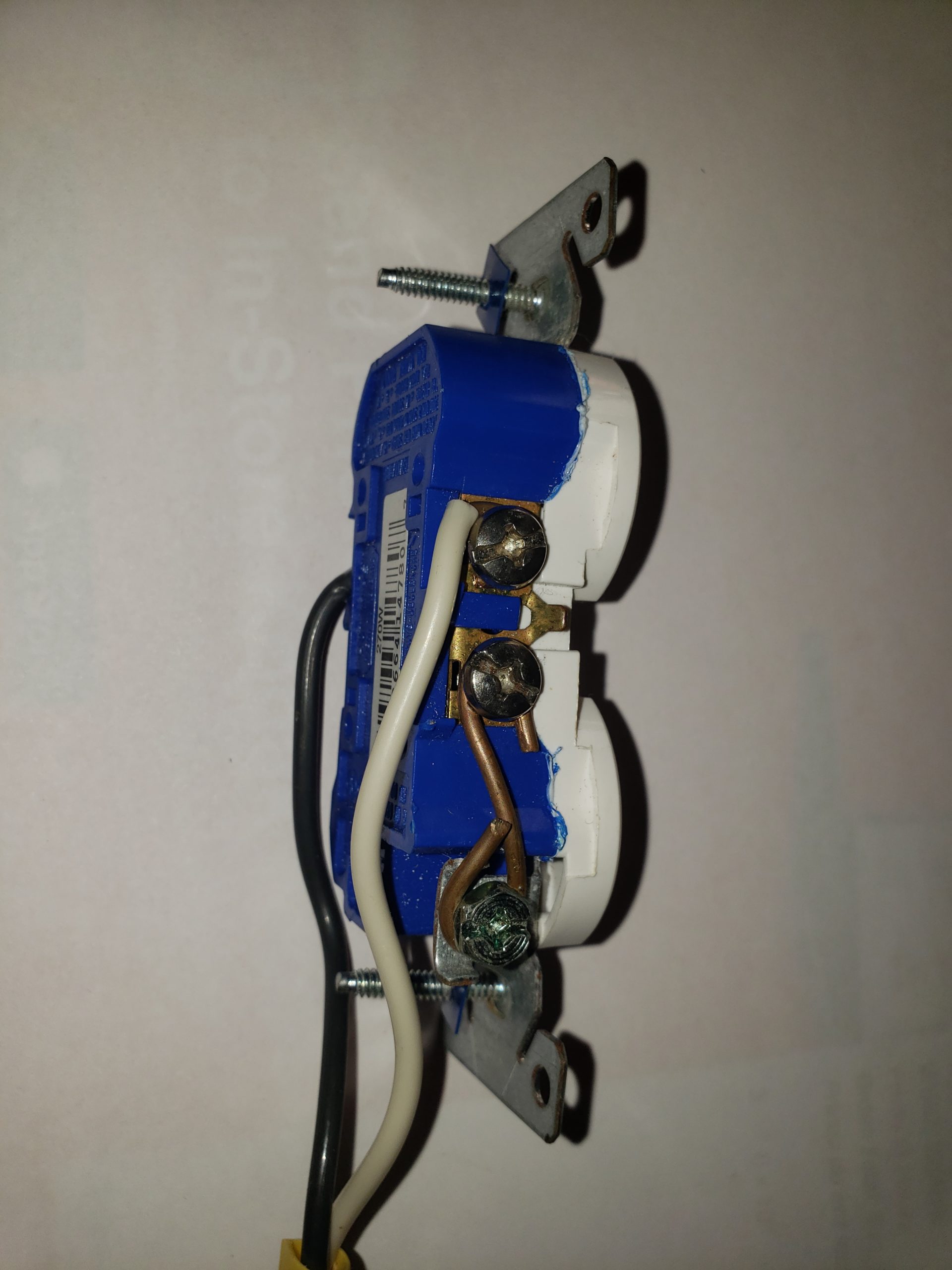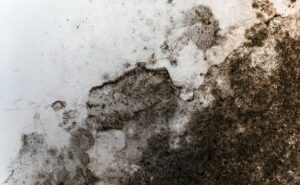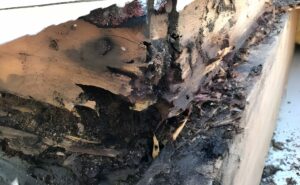
False Ground or Bootleg Ground – September 11, 2015
A false ground or bootleg ground involves using a jumper wire to connect the ground screw and the neutral screw on a receptacle. False grounds will fool the handheld testers most inspectors use to check for open grounds.
hair lossThis is a common trick used by misinformed do-it-yourselfers and some clueless handymen. False grounds disguise an ungrounded two-wire electrical circuit and make it appear to be a grounded circuit.
The problem is the receptacle now appears to be safely grounded, and it is not. An unsuspecting homeowner that plugs in a power tool, kitchen appliance, or any other electrical device with a three-prong plug is now exposed to the possibility of a deadly electrical shock.
False Ground or Bootleg ground
The third wire that would typically protect the unsuspecting user is now part of the electrical circuit, and a short may not be detected until the user is shocked. A false ground or bootleg ground is a definite safety issue.

Even more dangerous is using false grounds or bootleg ground on a ground fault circuit interrupter (GFCI) receptacle. The National Electrical Code (NEC) allows existing two-wire electrical circuits to use GFCI receptacles and GFCI circuit breakers to protect older wiring.
Every GFCI receptacle and breaker comes with a number of these reprinted messages. The only requirement is that they be marked as “GFCI protected non-grounded” or similar wording. The label advises the user that it is not grounded, although the circuit is GFCI protected and safe for use around wet areas.
Grounding is essential for some electronic equipment. You should check with a qualified electrician for advice on how to provide a ground for computers and other electronic equipment. A missing ground wire or false ground may also cause problems with surge protectors because they use the ground wire to drain static electricity to protect electronic circuits.
WHEN TESTED, a GFCI receptacle will indicate an open ground and will not trip using the standard handheld tester. For the same reasons as above, a false ground is used to trick the GFCI into testing as grounded.
This is unnecessary since the GFCI checks the circuit 30 to 40 times a second for any difference in current flow. The ground wire is not an integral part of the GFCI and serves an entirely different purpose.
Using jumpers does not provide a ground.
Using jumpers to fool the tester is not safe, unnecessary, does not work, and may open both the owner of the property and the person who made the ”repair” subject to civil and maybe even criminal charges.
The proper repair for the existing two-wire ungrounded circuits is;
- Use a two-prong receptacle
- Use a three-prong receptacle protected by a GFCI receptacle
- Use a three-prong receptacle protected by a GFCI breaker in thehttps://hawleyhomeinspectionsllc.com/warranty/ circuit breaker panel
- Replace with a grounded three-wire cable
Remember ungrounded GFCI protected receptacles are required to be marked as such.
A qualified electrician should make all electrical repairs.
For more information about our warranties
Warranty
Check us out at the Better Business Bureau.




